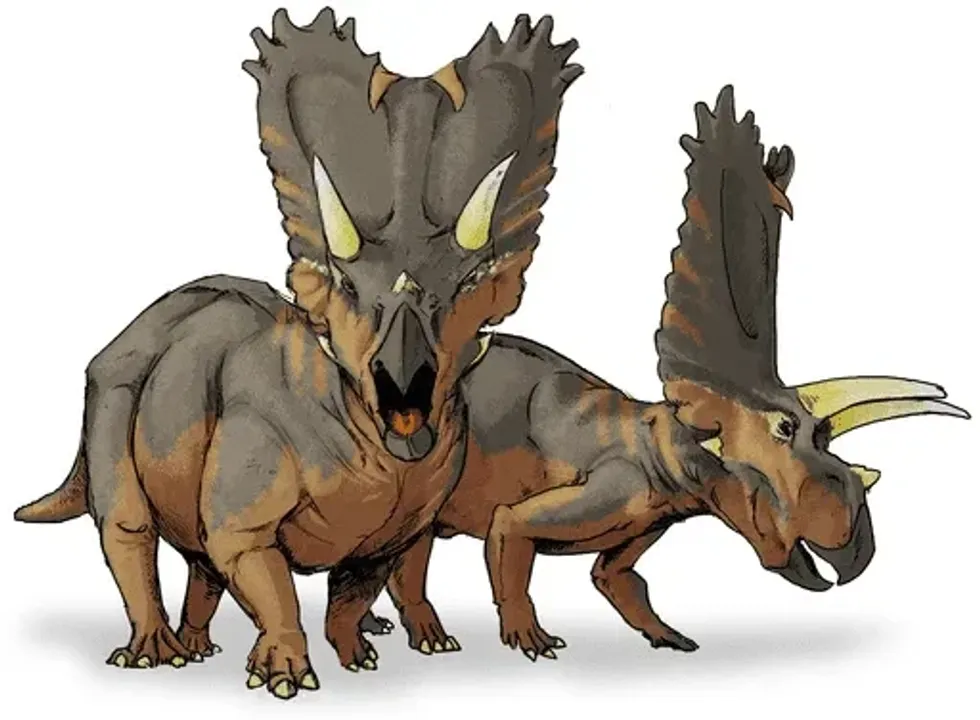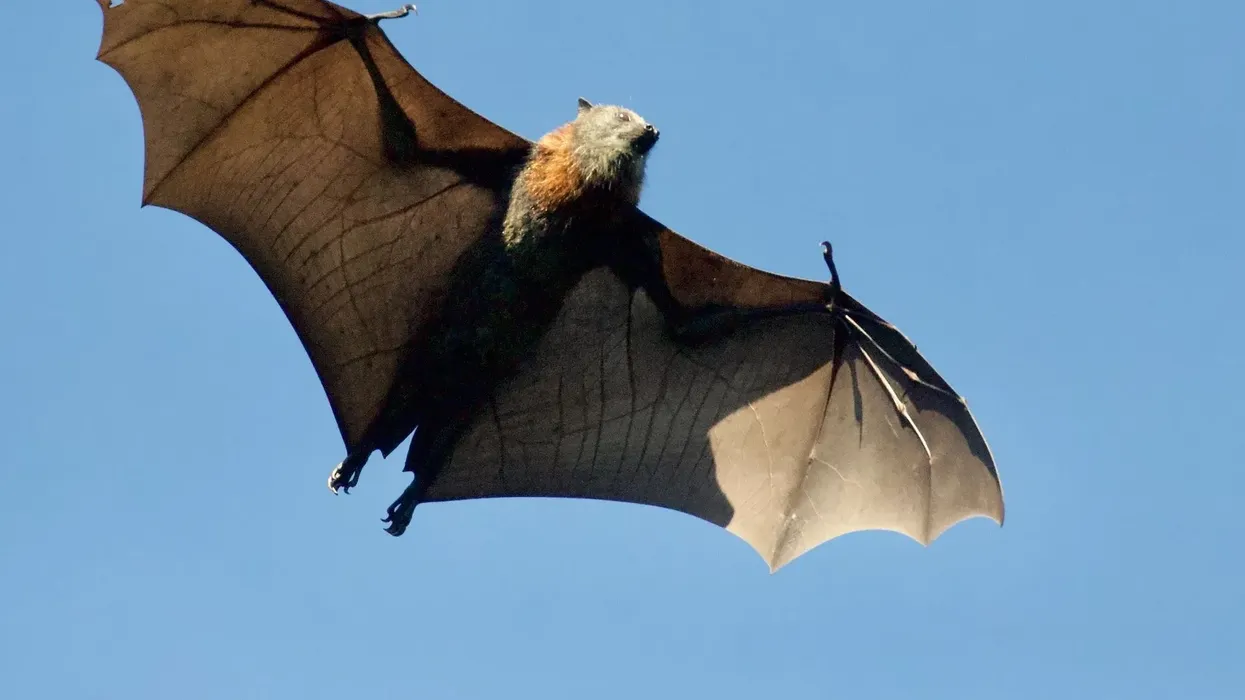Do you find mice unique and attractive? Mice are often found cute due to their size, tiny paws, and eyes that are similar to beads. One of these is a silky pocket mouse, Perognathus flavus. It is really interesting to read more about these pocket mice.
Silky pocket mice are recorded in the southwest of the United States and northern and central parts of Mexico. They are present prominently in the states of Arizona, Colorado, Kansas, Nebraska, New Mexico, Oklahoma, South Dakota, Texas, and Wyoming.
They belong to the genus Perognathus and have very similar appearances to the species of its genus.
They are recorded to be tolerant towards harsh habitats but prefer to stay in burrows dug in sandy and rocky areas, and low valley bottoms with soils and abundant presence of weeds and shrubs. Silky pocket mice are distinguished with fur-lined cheek pouches, to carry seeds and food, on their bodies, an external opening to store food.
A silky pocket mouse, Perognathus flavus, is one of the species of pocket mice. Read the article further to read about the description of its appearance and habits. If the uniqueness of the silky pocket mouse makes you interested to read more about similar species, you can read about these wood mouse facts and nutria facts.
Silky Pocket Mouse Interesting Facts
What type of animal is a silky pocket mouse?
A silky pocket mouse (Perognathus flavus) is a subspecies of pocket mice from the genus Perognathus found in prominent states of Arizona, Colorado, Kansas, Nebraska, New Mexico, Oklahoma, South Dakota, Texas, and Wyoming.
What class of animal does a silky pocket mouse belong to?
Silky pocket mice belong to the class of mammals and are among the species of mice found in and around North America. More specifically, they are among the family of the rodent from the genus Perognathus.
How many silky pocket mice are there in the world?
According to the search, there are 36 species of pocket mice recorded around the globe. A silky pocket mouse, Perognathus flavus, is one of them. While the distribution of the population of these mice remains undeciphered, the IUCN Red List of Threatened Species categorized these pocket mice as Least Concern.
Where does a silky pocket mouse live?
A silky pocket mouse is one of the species recorded in northern and central parts of North America. The search highlighted the range of distribution of the species to be confined mainly in and near the states of Arizona, Colorado, Kansas, Nebraska, New Mexico, Oklahoma, South Dakota, Texas, and Wyoming.
It is also preserved in the national park and museum of the country.
What is a silky pocket mouse's habitat?
According to the natural history of the species, the mice from the family of rodents are speculated to live in burrows. The distribution of the species is mostly recorded among the arid and semi-arid grasslands, rocky and sandy bottoms, low valley bottoms with soft soils, and shrublands.
The natural habitat of the species is recorded to be the one with the availability of natural green grasses, seeds, weeds, shrubs, and other food items.
Who do silky pocket mice live with?
It is said to live a solitary life in its burrow. It is said to have nocturnal habits as it stays active during the cool natural nights and is said to portray neither aggressive nor peaceful temperament towards other species.
How long does a silky pocket mouse live?
The silky pocket mouse lifespan range up to 3.3 months on average so far. While they are reported to be tolerant to harsh natural habitats, the history of the species highlights that the species has lived for 20 months individually, while five years in captivity.
How do they reproduce?
The silky pocket species of mice are not recorded to reproduce in captivity due to which it became extremely challenging to record their reproduction process. It is speculated that silky pocket mouse sexual maturity is gained during active summer. The gestation periods range from 22-26 days.
They deliver one to six litters post their gestation periods. The young ones open their eyes post 15 days from their birth. Until then, the young ones are speculated to remain in protection with the females in their burrows.
What is their conservation status?
Under the IUCN Red List of Threatened Species, the mammals of Texas having cheek pouches are categorized as Least Concern. They are neither at risk nor facing any threats so far. The average litter size varying from one to six. Their population density varies from winter to summer.
Silky Pocket Mouse Fun Facts
What do silky pocket mice look like?
These mice are small-sized with fur-lined cheek pouches, wherein they carry nesting material and seeds to their burrows. According to the search, their description states them to have buff upperparts and white underparts.
They are small pocket mice with soft fur on their upper and underparts and a small tail. The tail of the mice is pale buffy and dark comparing the color of the body.
Please note that this is an image of an apache pocket mouse, not a silky pocket mouse. If you have an image of a silky pocket mouse, please let us know at hello@kidadl.com.

Mice are appealed to be cute to humans since forever as they are even researched that both mice and humans share 95% of working DNA. The small pocket mice with natural external cheek pouches, to carry seeds, are one of the cutest rodents recorded as they have a cute petite body size.
Their young ones or litters are a pleasant sight to experience.
How do they communicate?
While there is a lack of information for these rodent species having soft fur and external cheek pocket, it is speculated that they use chemical and tactile methods to communicate.
How big is a silky pocket mouse?
These mice are reported to inhabit a length of around 3.7-4.6 in (9.5-11.8 cm), which is almost 13-14 times shorter than the giant rodent the capybara, with a length of 3.4-4.4 ft (1-1.3 m).
How fast can a silky pocket mouse move?
The speed of the mice remains undeciphered yet. They are reported to not move far away from their individual burrow as they remain within the range of 131-197 ft (40-60 m).
How much does a silky pocket mouse weigh?
These mice weigh equivalent to 0.2-0.3 oz (6-9 g), almost the same for a dormouse.
What are the male and female names of the species?
Females are called does, while the males are called bucks.
What would you call a baby silky pocket mouse?
The young one is known as a pup in general.
What do they eat?
The mice are said to be an omnivore and feed on a variety of food including insects, grasses, seeds, especially yucca seeds, weeds, and shrubs.
Are they dangerous?
While mice are recorded to be timid in nature, however, they can be dangerous if they are threatened.
Would they make a good pet?
With their active nature and soft fur, these mice are sure to attract you, but they are better kept in the wild as they are not friendly enough and are recorded to live a solitary life.
Did you know...
These mice are recorded to dig their burrows in the sand. The burrow is reported to have two to three entrances, also, an individual is said to maintain more than one burrow.
They are speculated to live in their burrows underground in the winter season. The species is reported to be sedentary; they hardly move far away from their sand burrow.
Mice have a range of subspecies. Mexican silky pocket mouse and San Joaquin silky pocket mouse being some of them. Their subspecies have pockets as well to carry seeds and food.
They are nocturnal in nature and stay active during the nights with low temperatures.
Rock pocket mice feed on a variety of seeds.
How did the silky pocket mouse get its name?
The soft fur on the body, having the texture of silk, and the external cheek pouch for carrying seeds, justifying the name of the mice.
What is the difference between a silky pocket mouse and an African spiny mouse?
While the African spiny mice have spines on their upper part, similar to a hedgehog, these pocket mice have soft fur. Both mice belong to a different genus and also, the African spiny mice lack a pouch to carry seeds.
Here at Kidadl, we have carefully created lots of interesting family-friendly animal facts for everyone to discover! For more relatable content, check out these white-footed mouse facts and gerbil facts pages.
You can even occupy yourself at home by coloring in one of our free printable Silky Pocket Mouse coloring pages.










